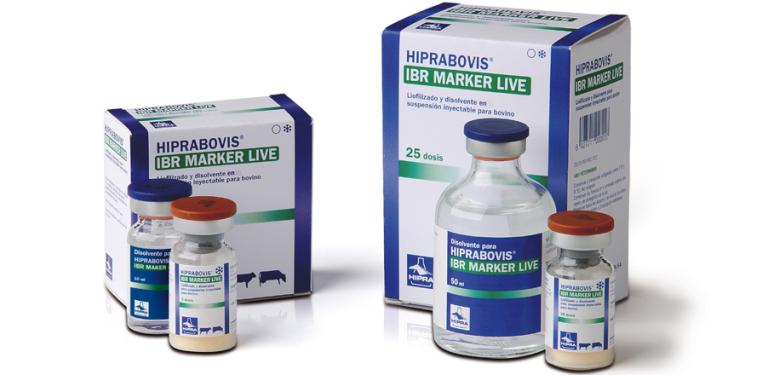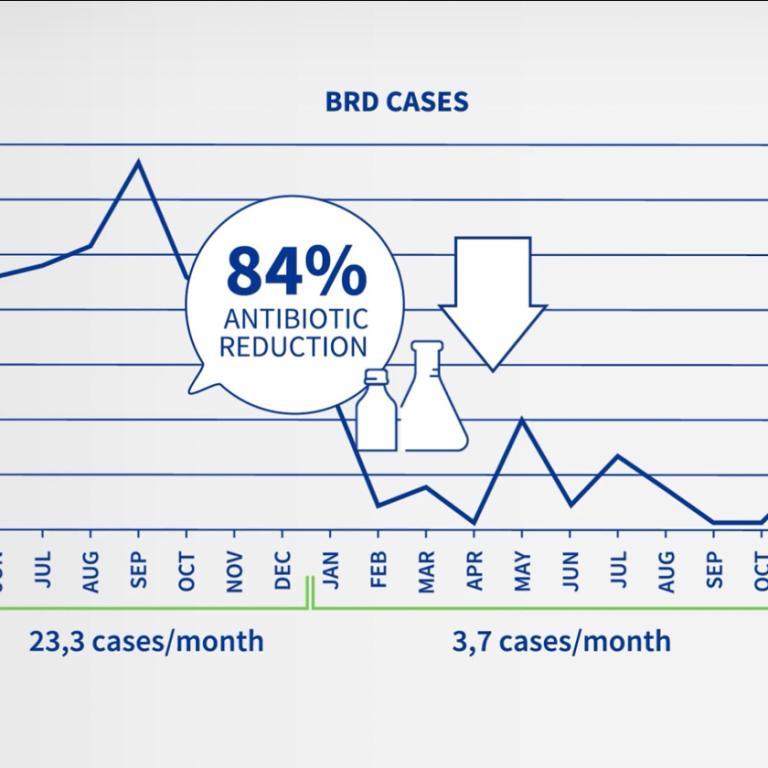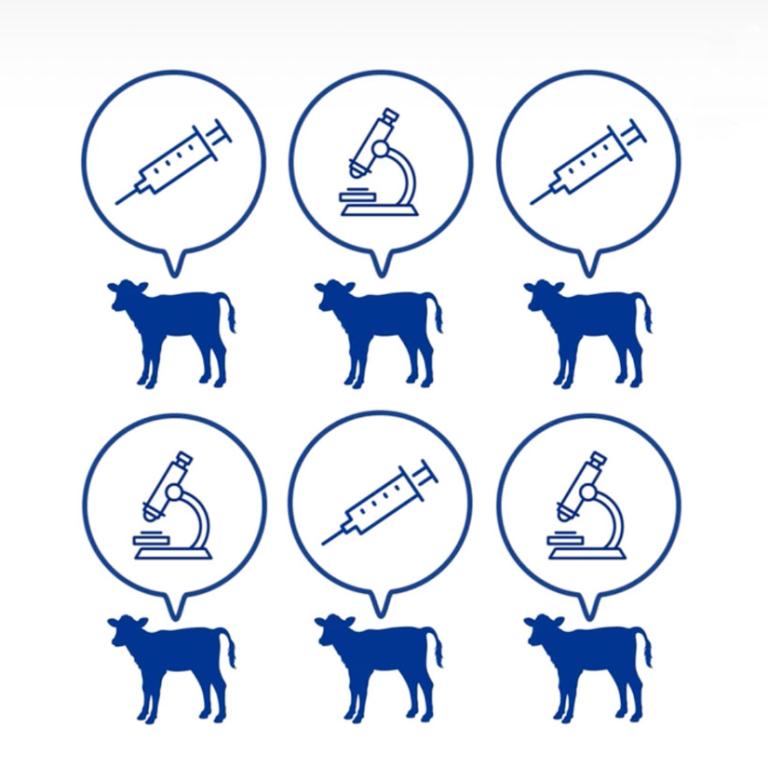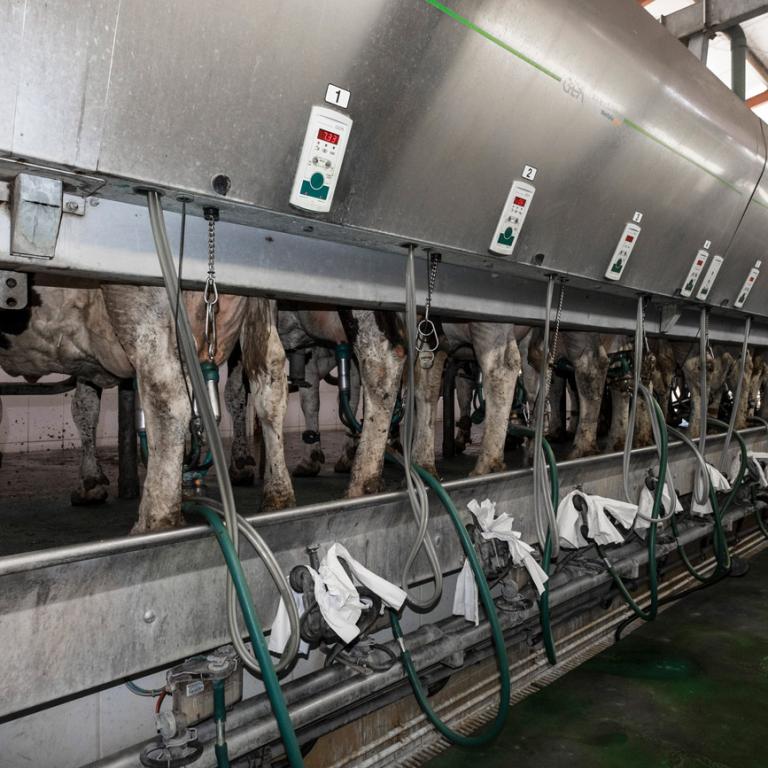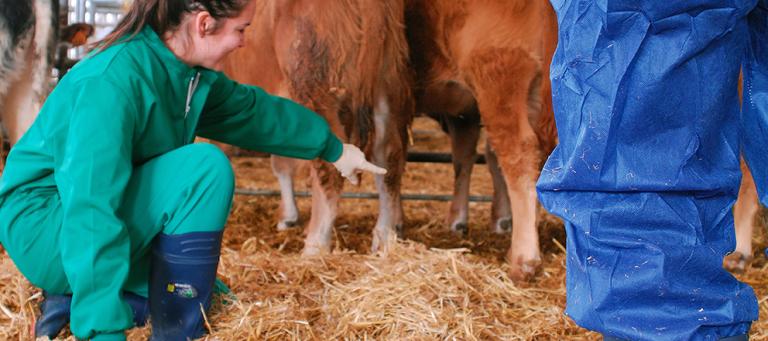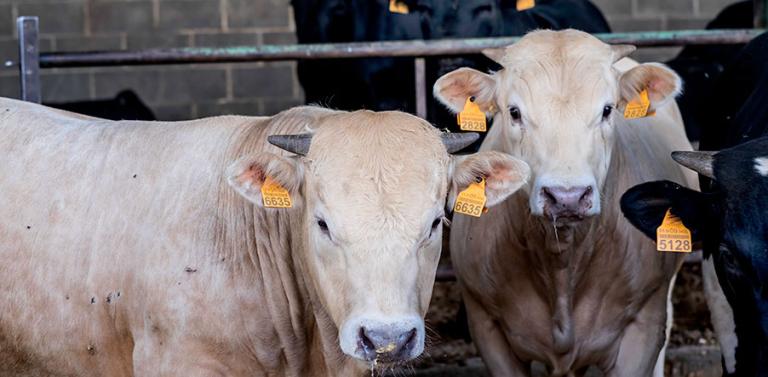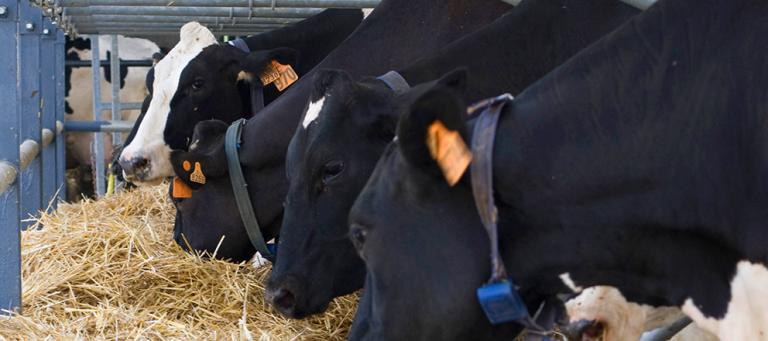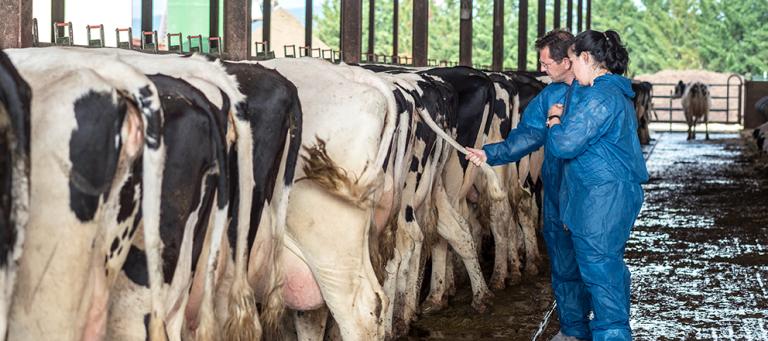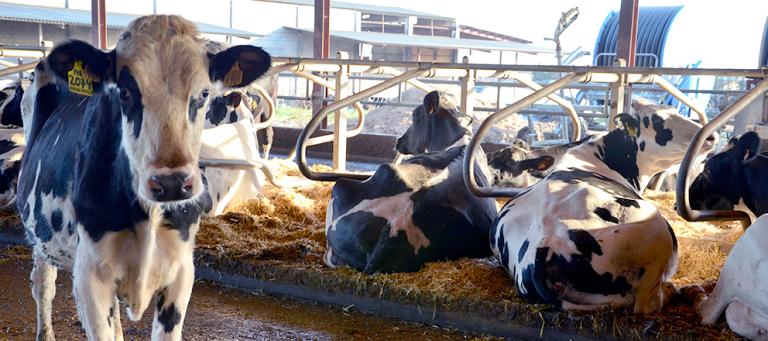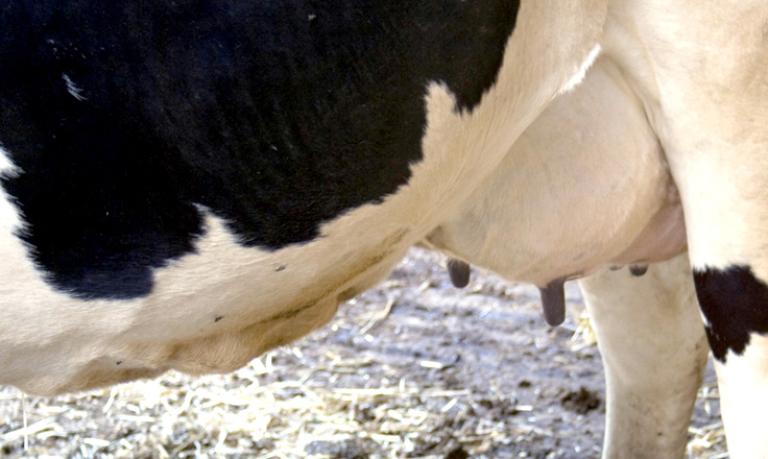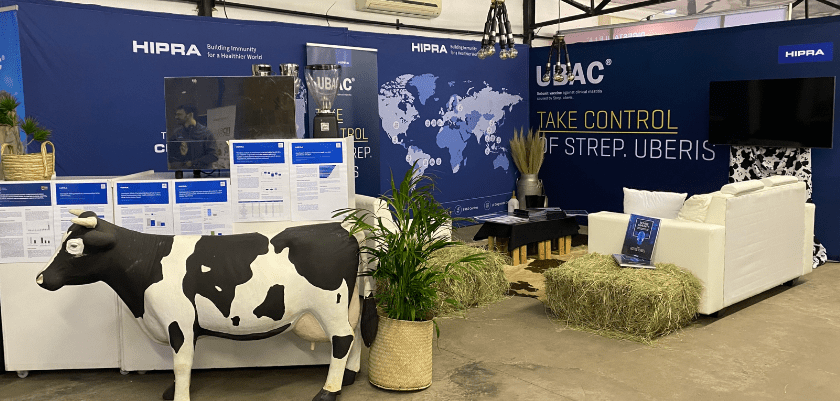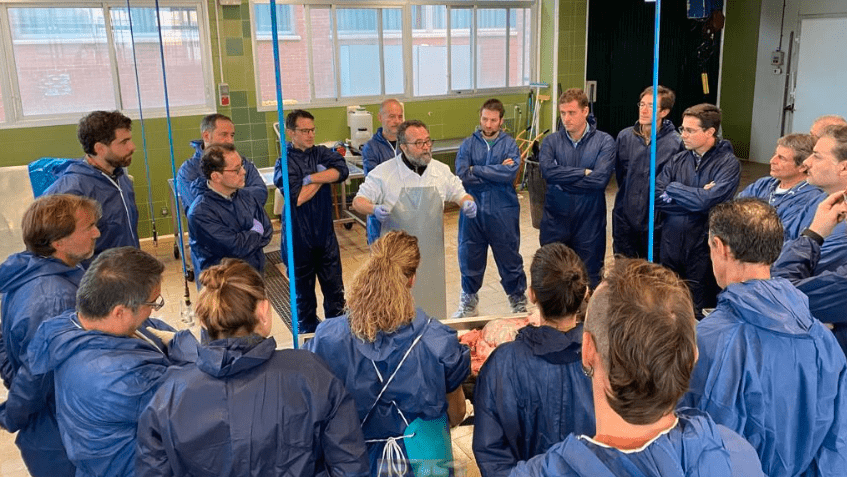AETIOLOGY:
Neospora caninum is a protozoan parasite from the coccidian group, which is closely related to Toxoplasma.
Life cycle of Neospora caninum:
- Dogs and cattle are intermediate hosts in which asexual reproduction takes place with the production of tachyzoites, which are found within multiple cells, and of bradyzoites, which are found in the intracellular cysts in nerve tissues.
- Another phase takes place in dogs (the definitive host) in which, after ingestion of raw bovine meat (tissue cysts), sexual reproduction takes place in the digestive tract, and a large quantity of non-sporulated oocysts are excreted into the environment through the faeces.
- A third phase takes place outside the animal, where, once the oocysts have been excreted, they sporulate within the following 24 hours. The resistance of these oocysts in the surrounding environment is still currently unknown.
TRANSMISSION:
- Vertical: via the transplacental route, in which the parasite is transmitted from the mother to the foetus during gestation. This is the most important route (occurring in 95% of cases).
- Horizontal: via the oral route. Infection can occur as a result of the ingestion of milk that contains tachyzoites, as well as by the ingestion of sporulated oocysts that are present in the environment, in food or drinking water. The dog excretes oocysts in small quantities for a short period of time. This is a less important route (5% of cases).
CLINICAL SIGNS:
Reabsorption of embryos, mummifications and abortions. Stillbirths and neonatal infections with encephalopathies and myositis. If the Neospora remains latent, there may be no clinical signs, but there would be serological evidence and occasionally histopathological evidence. It is calculated that Neospora caninum is responsible for 10 to 15% of bovine abortions, which usually occur halfway through gestation.
LESIONS:
At an SN level: multi-focally distributed non-purulent encephalomyelitis. Myositis, liver lesions (70% of abortions).
DIAGNOSIS:
- Foetal diagnosis: Histology: brain lesions are pathognomonic. Immunohistochemical (brain, heart, liver, lung), in disuse. Foetal serology of body fluids. PCR.
- Serology: serum, milk.
TREATMENT, PREVENTION AND CONTROL:
There is no effective treatment. Prevention and control of Neospora caninum are by means of:
- Reduction of horizontal transmission (environmental contamination). Preventing dogs from having access to the remains of placentas and avoiding contamination of feed with dog faeces.
- Serology of all of the animals. If there is a high level of abortions due to Neospora caninum, the animals should be eliminated as soon as possible. If there is a low level of abortions, the animals that are positive will be used for meat and neither they nor their offspring should ever be used as replacement animals.







